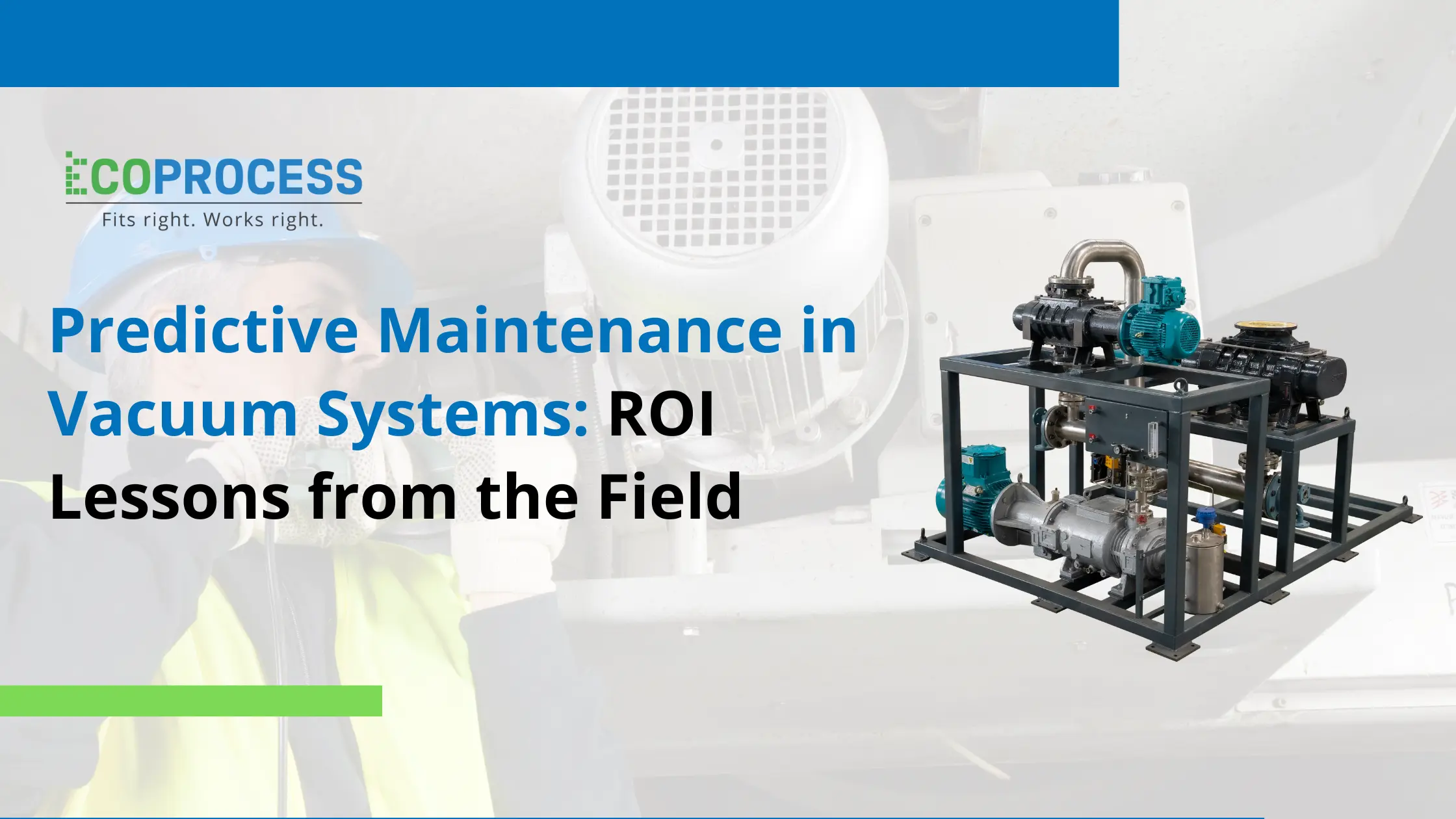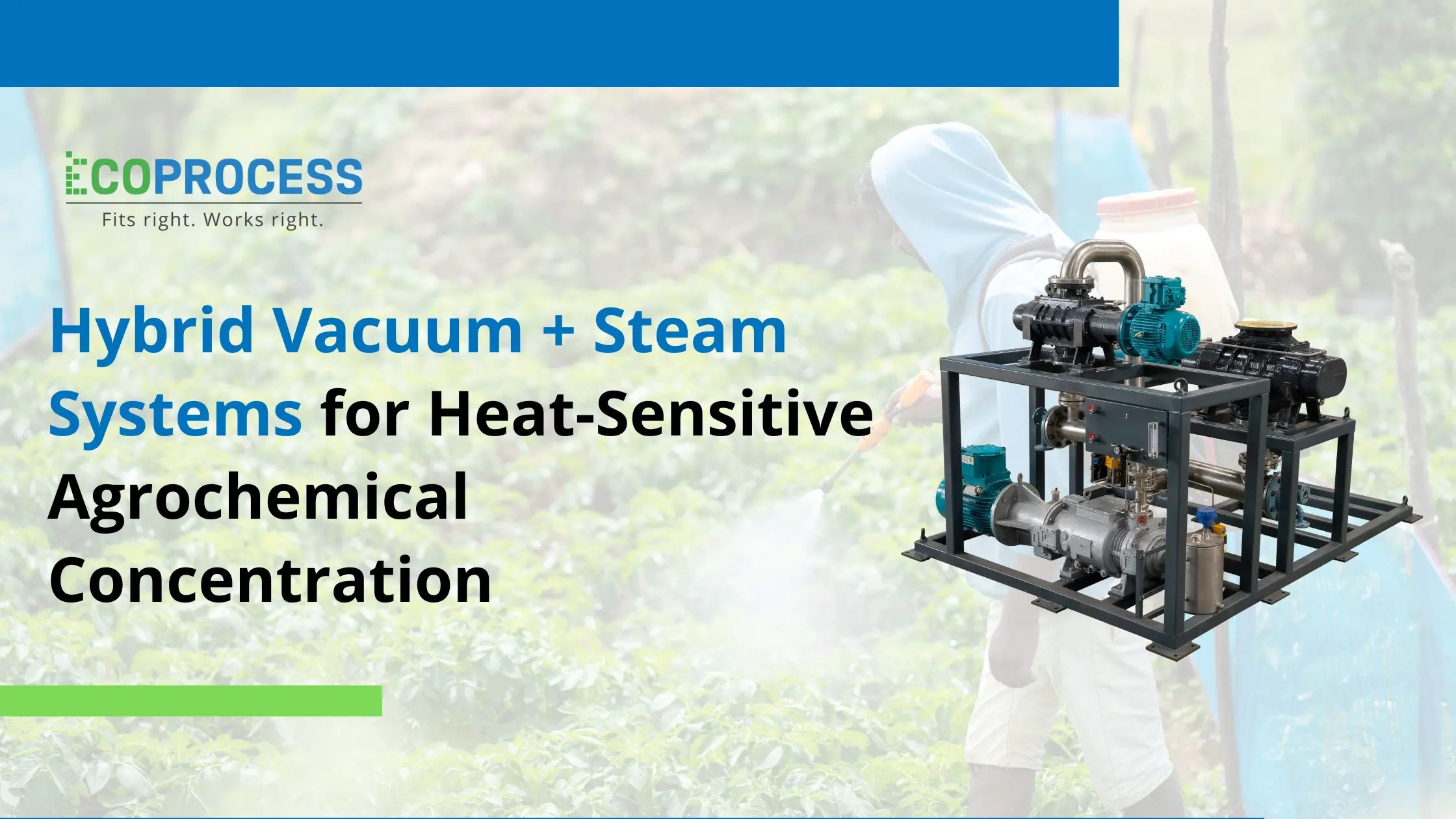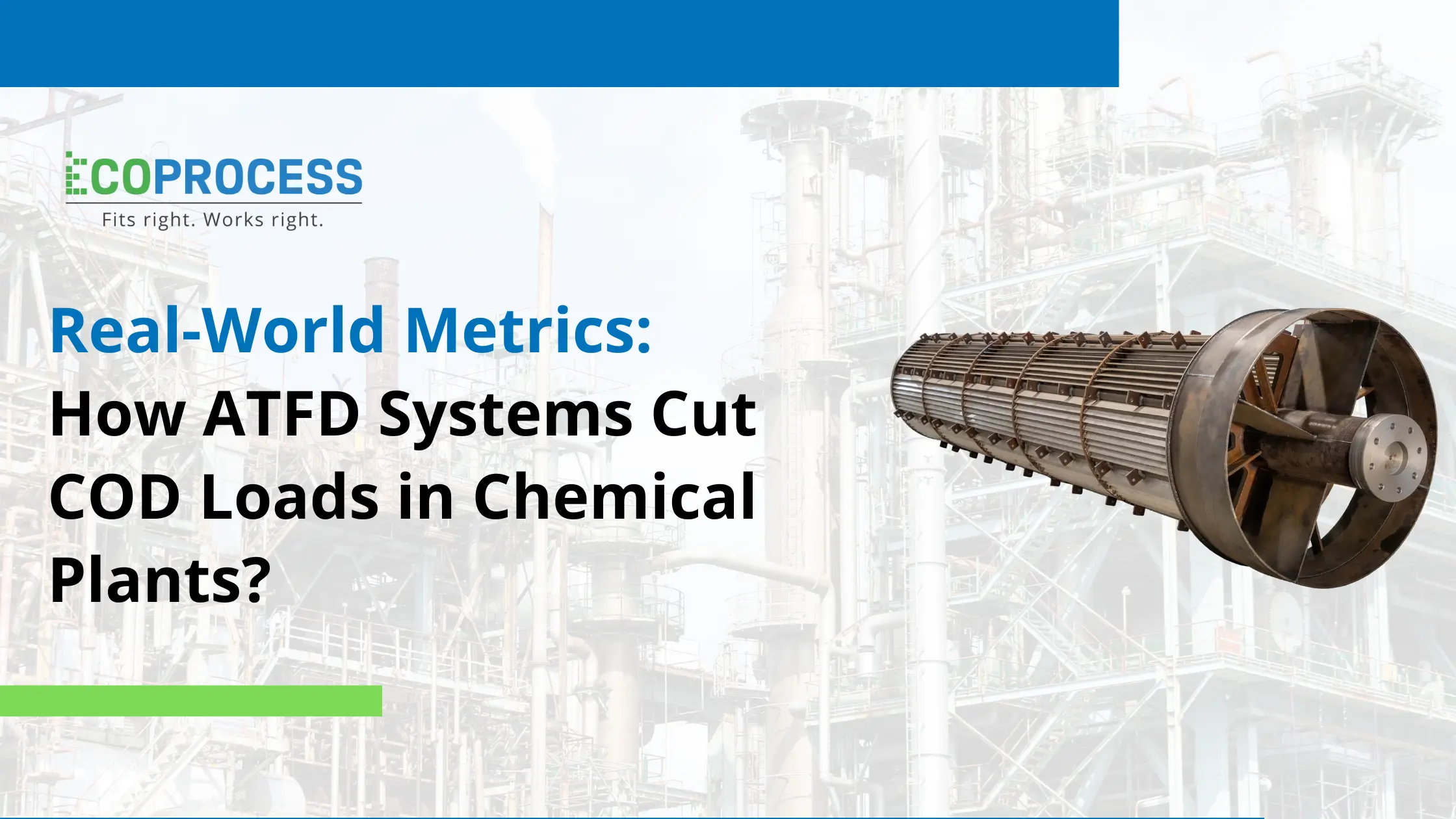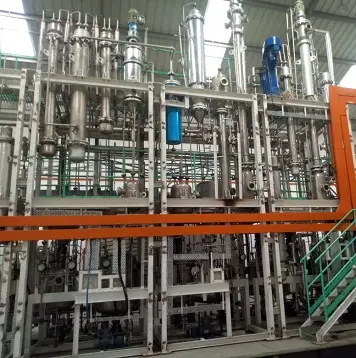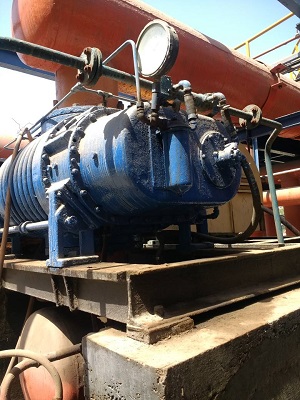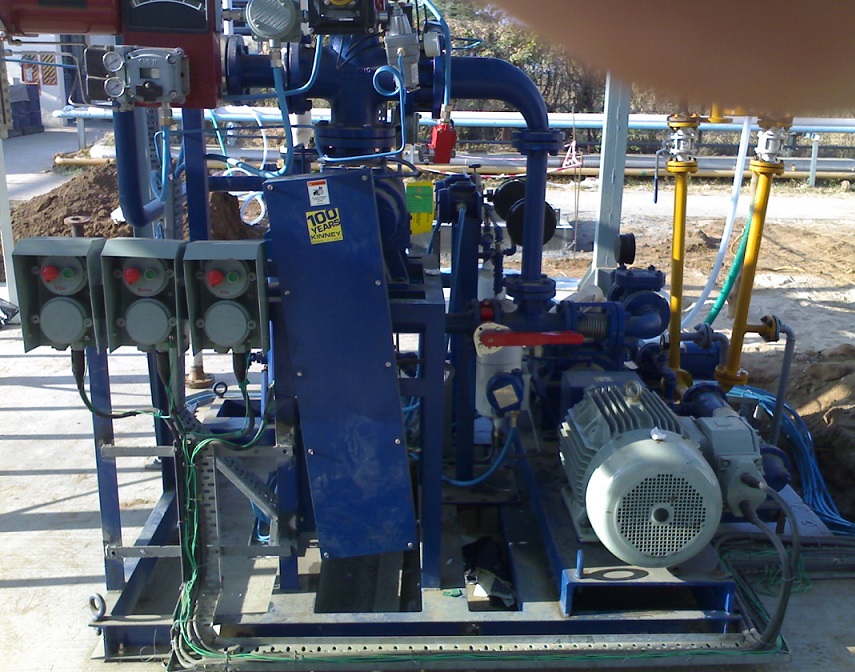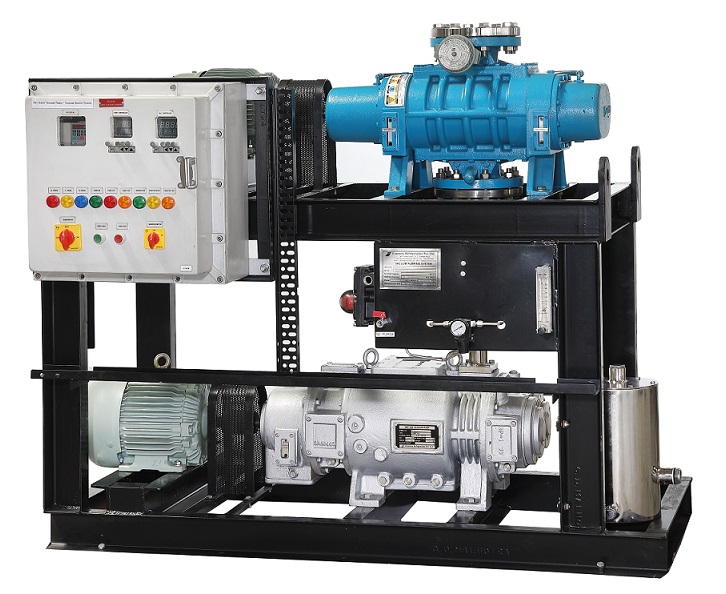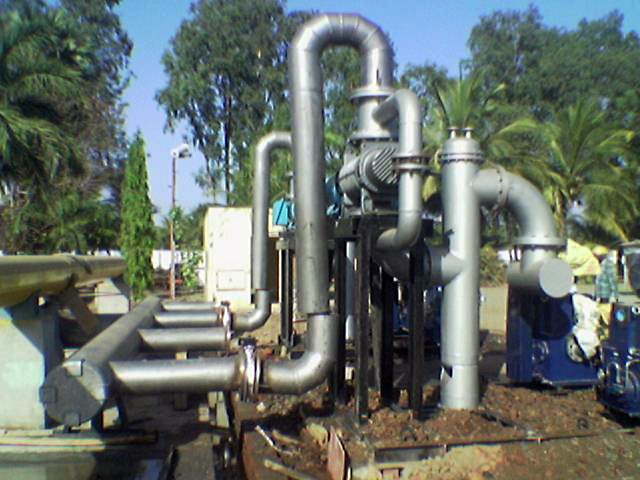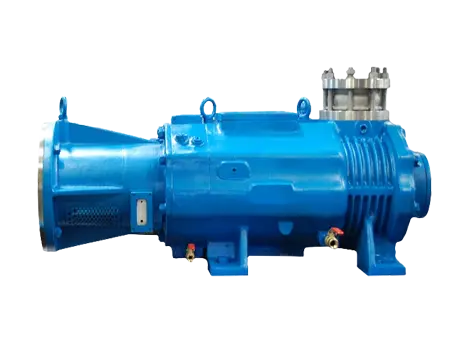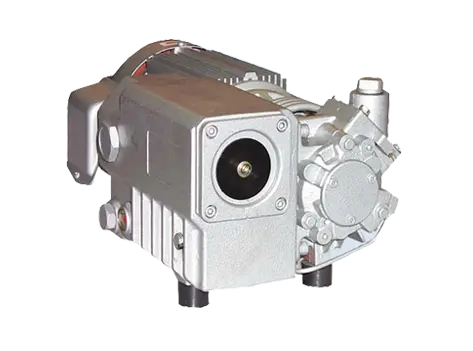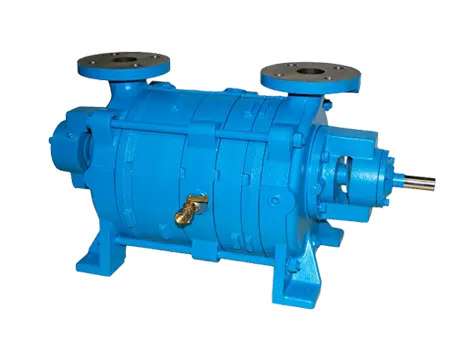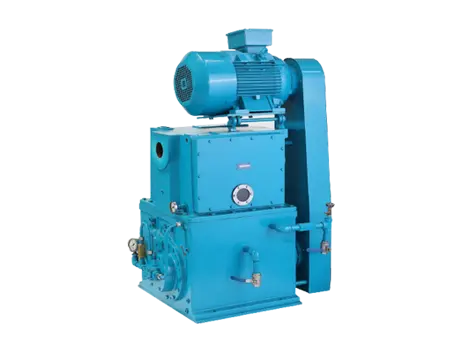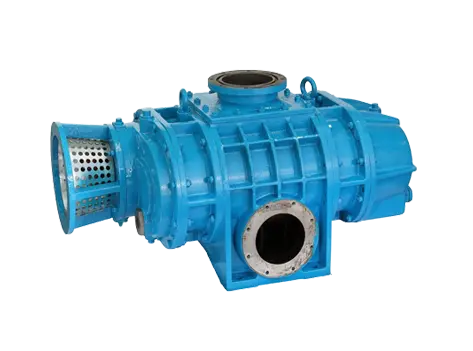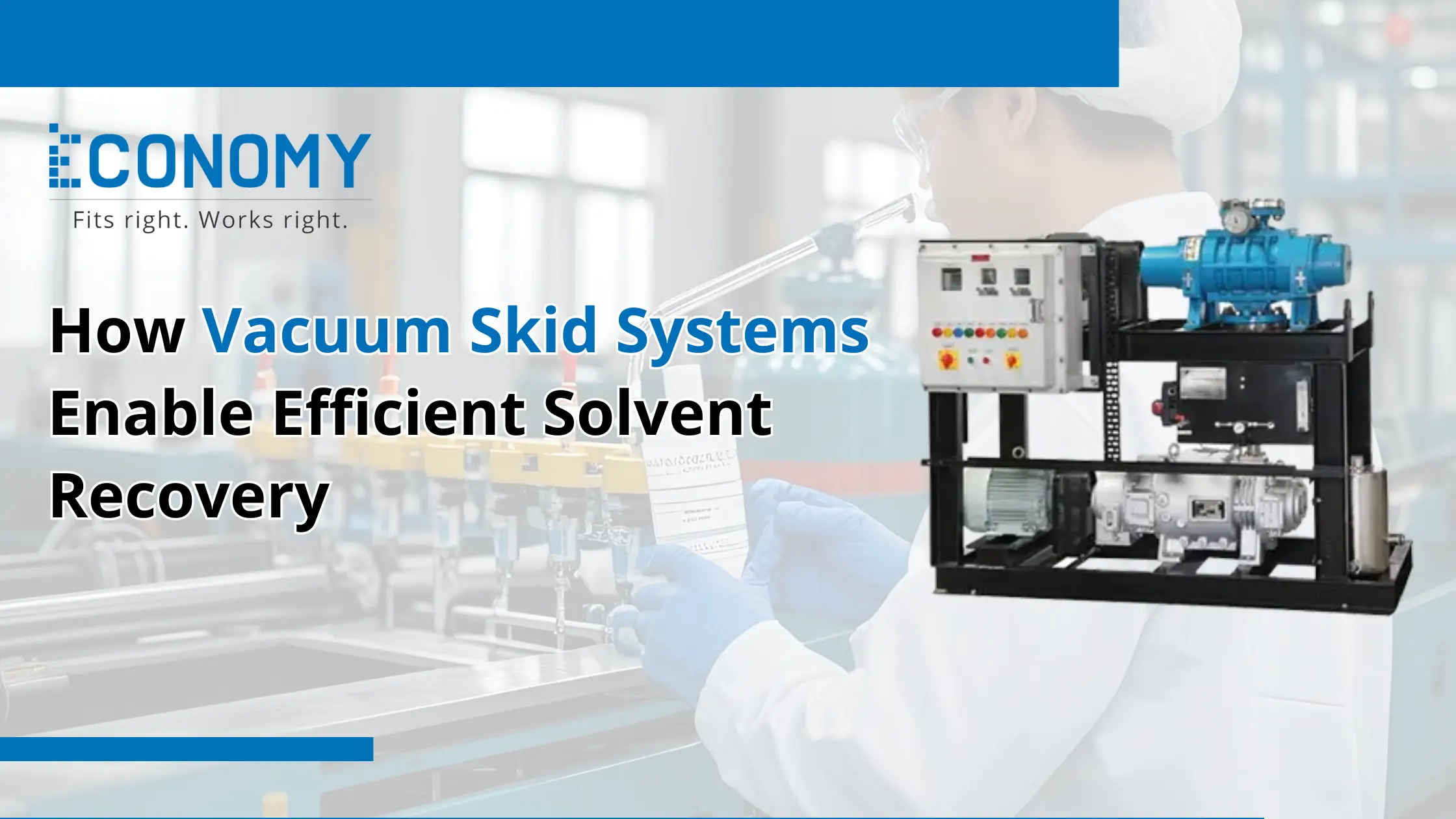
How Vacuum Skid Systems Enable Efficient Solvent Recovery
In today’s market, there are so many solvents used in pharmaceuticals, chemicals, oil & gas and food processing, recovering them also helps the bottom line. Using solvents more than once means you consume less raw material and create less dangerous waste that needs disposal. However, solvent recovery is most effective when expert engineering and cutting-edge tools are applied to run in variable conditions.
A key technology supporting the process is the vacuum skid system. These small yet powerful units are built to safely make the low-pressure conditions needed for the most efficient solvent recovery, notably during both distillation and drying. This blog examines the efficiency of vacuum skid systems for recovering solvents, covering their components, the benefits they provide and the formats designed for various industries.
Solvent Recovery Need
Understanding why solvent recovery is essential is a good place to start before we look at vacuum skids:
-
Vehicle manufacturers are required by the EPA (Environmental Protection Agency) and local boards to limit VOC (volatile organic compound) emissions. With solvent recovery, industries avoid running afoul of rules and laws.
-
Solvents are a major component of operating costs. If you reuse solvents directly, you use fewer brand-new ones.
-
Efficient recovery processes help uphold the purity and regularity of the product, which is valuable for pharmaceutical production.
-
Hazardous waste is made safer by reducing the amount that needs to be stored, moved and discarded.
Try as they might, traditional setups aren't as effective at consistently controlling vacuum or solvent conditions, and that is why vacuum skids are needed.
What is a Vacuum Skid?
A vacuum skid includes a vacuum pump (or pumps), separate tanks, heat exchangers, condensers, controls, pipes and a frame, all in one place. Since these systems create a stable vacuum, they are perfect for solvent recovery.
Key Components:
-
A common choice for vacuum pump(s) is one of three types: dry screw, liquid ring or rotary vane, which help remove air and vapour from the equipment.
-
Condensers remove liquids from the vapours and put them back into a liquid solvent for further use.
-
The separator tank removes condensed solvents from the gases or particles that didn’t condense.
-
Pressure gauges, temperature sensors, flow controls, and automated switches are included in the equipment.
-
Mobile: A strong base made to travel and be easily put in place.
The pressure can be controlled to be shallow or deep, precise or flexible, simply by switching between single-stage and multi-stage methods.
Integrated Benefits
-
Rising rates of solvent recovery
Vacuum systems produce low-pressure conditions, it becomes easier for the solvents to vaporize at a reduced temperature. It proves valuable for preparing solutions where the solvent changes with temperature or the compound is sensitive to change.
2. Energy Efficiency
Because operations occur at lower temperatures, vacuum skids greatly cut down on the energy needed to heat things up. With the aid of well-made condensers and heat recovery devices, these systems can make running costs smaller.
3. The console comes with a compact and modular design.
Before installation, solvent recovery systems are constructed and examined, making installation simpler and quicker. It is not difficult to install them in different places or connect them to present process lines.
4. Automation and Engineering Control
Many current vacuum skids have PLC systems and SCADA interfaces to help users monitor, control and log data remotely in real-time. As a result, the process is more stable and has less chance of errors by people.
5. Customizability
Vacuum skids can be adapted to different industries because their design can be modified by pump type and the material they are made of (such as SS316 or Hastelloy).
6. The goals of compliance and safety are important to understand.
Modular vacuum skids help achieve safety by guarding against leaks of solvent vapour, lowering the risk of explosions and making sure the system continues within the regulated vacuum range.
Configurations
Every vacuum skid system is designed specifically for the job's needs. Read on for typical configurations used in a variety of situations:
1. Vacuum skids that use only a single stage of compression
Most often employed for solvent recovery, especially where vacuum depth is not too high. Particularly recommended for solutions that have low viscosity and boil at a low temperature.
Those industries are paint & coatings as well as petrochemicals.
Choosing a pump is up to you, but rotary vane or dry screw types are most common.
2. Systems are made up of multiple vacuum skids.
You can reach a deeper vacuum when using more than one vacuum pump together, which helps get back hard-to-recover high-boiling or highly volatile solvents.
Products: Pharmaceutical medications and specialty chemicals.
These are dry screw pumps supplemented by booster pumps.
3. Liquid ring pump skids.
Ideal for treatment when there is a high amount of gas and steam in the fluid. They are designed to manage tough vapour from particle-containing sources.
Products supported: Agrochemicals and wastewater treatment.
4. Skids Built to ATEX Standards
The motors used in these skids are flameproof, the electrical compartments are sealed, and all materials are anti-static, supporting installation in places with hazards.
Industries include oil & gas, refineries and fine chemicals.
5. VRV’s mobile Vacuum Voids
Designed to be moved using wheeled stands or with portable, compact frames for use in different parts of the facility.
Industry types: Factories that produce parts for others and factories that make many different products.
Summary
Long seen as a mainly practical issue, solvent recovery is now an important priority for companies looking to save money, protect the planet and stick to rules. With vacuum skid systems, the problem is now solved. They perform well, provide control, deliver reliability, and are flexible when adapting to different job requirements.
Thanks to the latest in automation, efficient power-saving parts and module technology, vacuum skids are constantly improving solvent recovery. If you want to grow production, modernize outdated devices or make your plant more sustainable, investing in a customized vacuum skid system can give you real improvements, whether financial or environmental.
If you are interested in improving your solvent recovery system, making sure the vacuum skid framework matches your solvents, goals and the way your facility functions is very important.
FAQs
1.What is a vacuum skid?
A vacuum skid is a small system designed to be on a skid which uses vacuum pumps and components to establish low pressures for processes in industry such as distillation, drying and solvent recovery.
2. How does it help in solvent recovery?
With pressure reduced by a vacuum skid, solvents from mixtures are easier to evaporate and condense, separating them from the mixture while allowing for safer heating.
3. Is it cost-effective?
Having vacuum skids is economical because they contribute to higher solvent recovery, less energy use, lower waste dumping costs and an increase in product output, over time.
4. How can it be customized for operations?
To meet an industry’s needs, vacuum skids can be built with pumps, condensers, automation tools and chemicals that match its operating pressures, process flow rates and chemicals.
